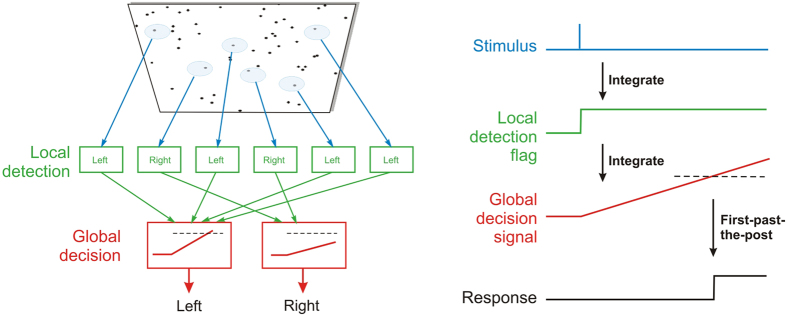Figure 7. Model of detection and decision making in this task.
Left, local information about motion direction (top) activates corresponding localized detection units (green) that in turn send their output to the appropriate LATER decision unit (red); the more input a LATER unit receives from the detectors, the greater the mean rate of rise of the decision signal and therefore the more likely it is to initiate a corresponding movement. Right, the underlying neural signals. The stimulus is transient, and is integrated by the detection process to raise a ‘flag’. The set of such flags must then be integrated again by the global decision units that race against each other: the winner triggers the response.

